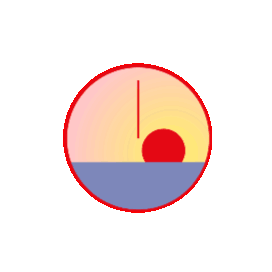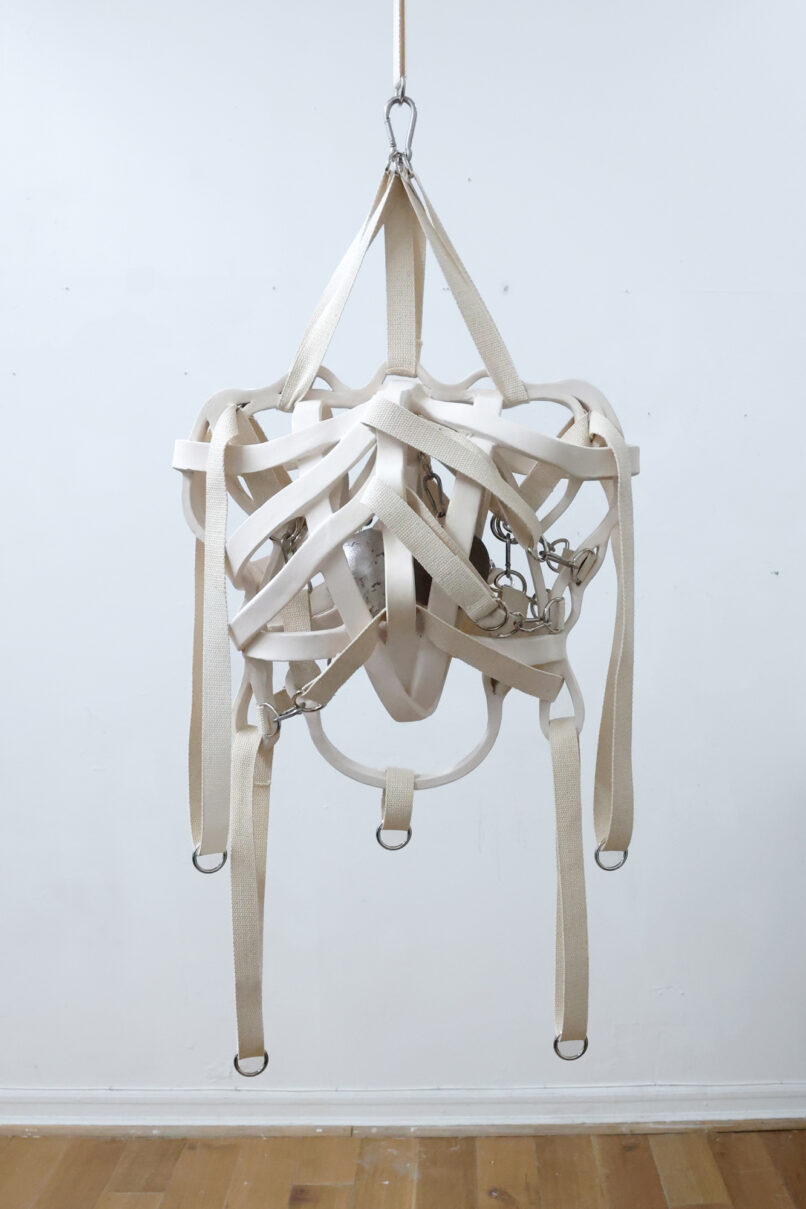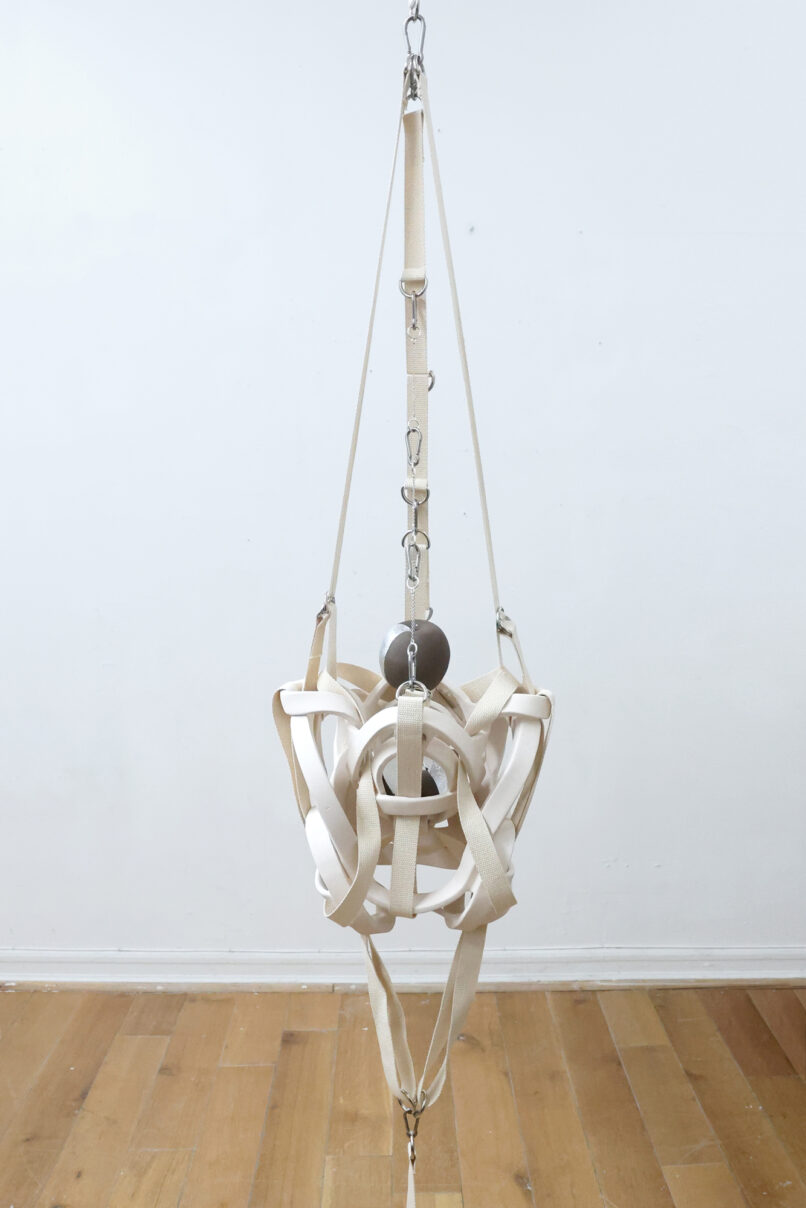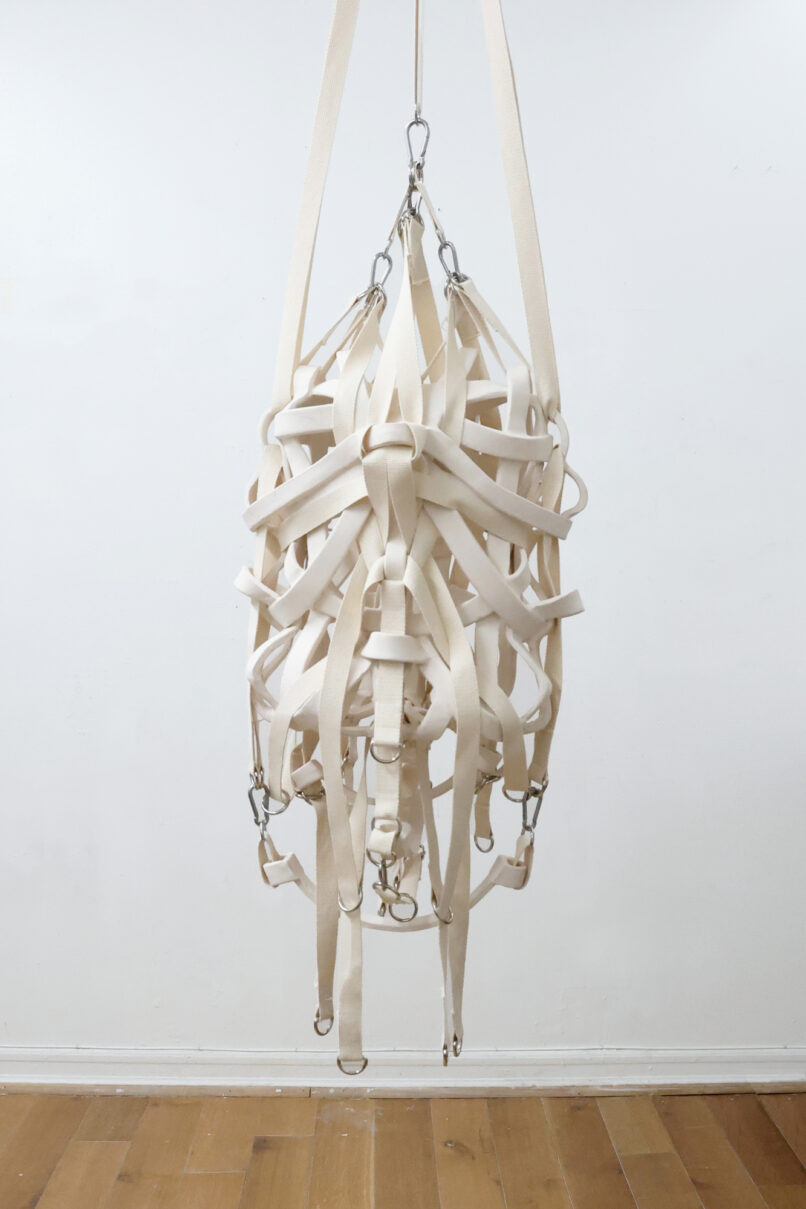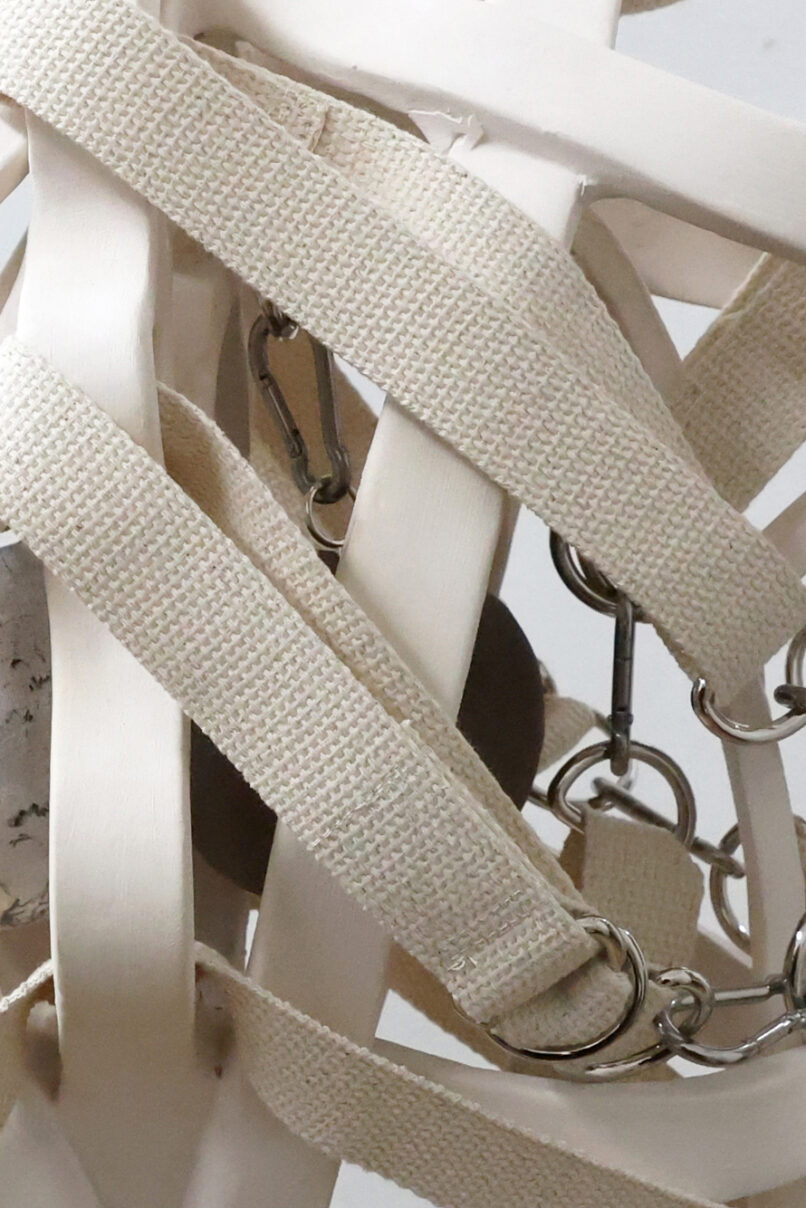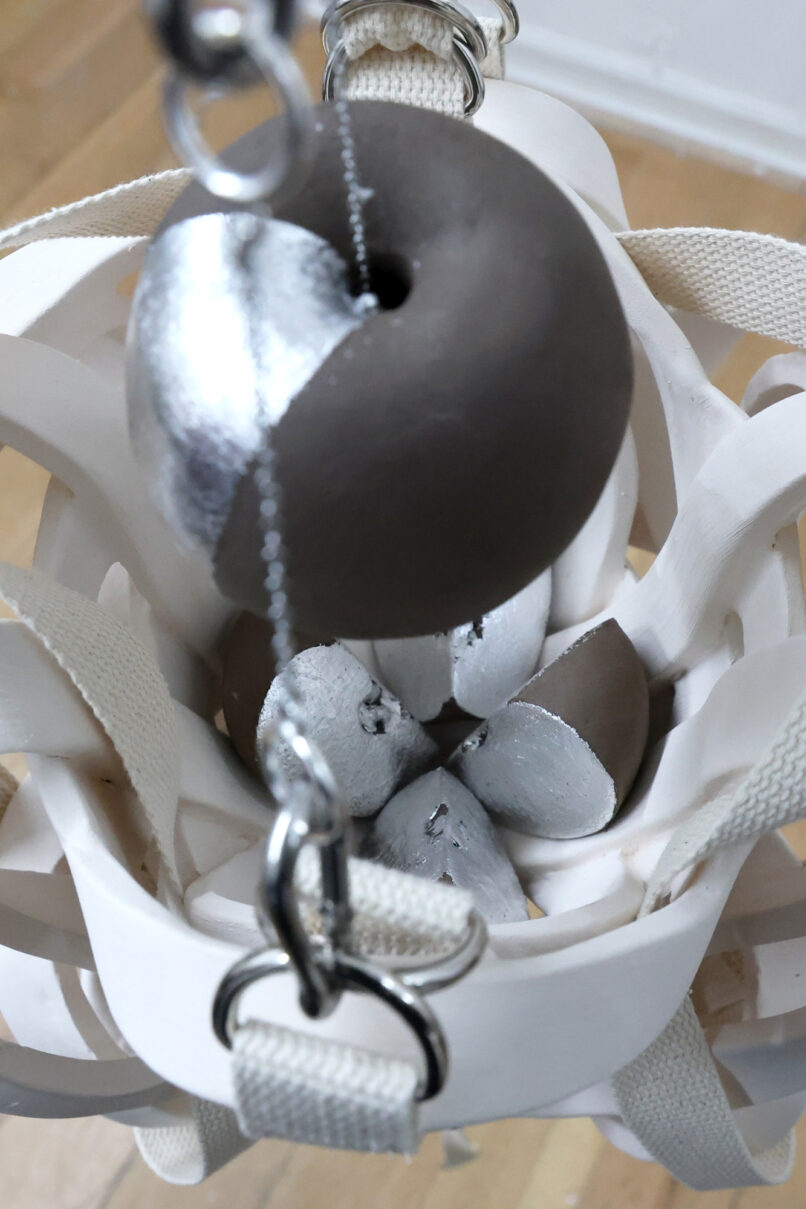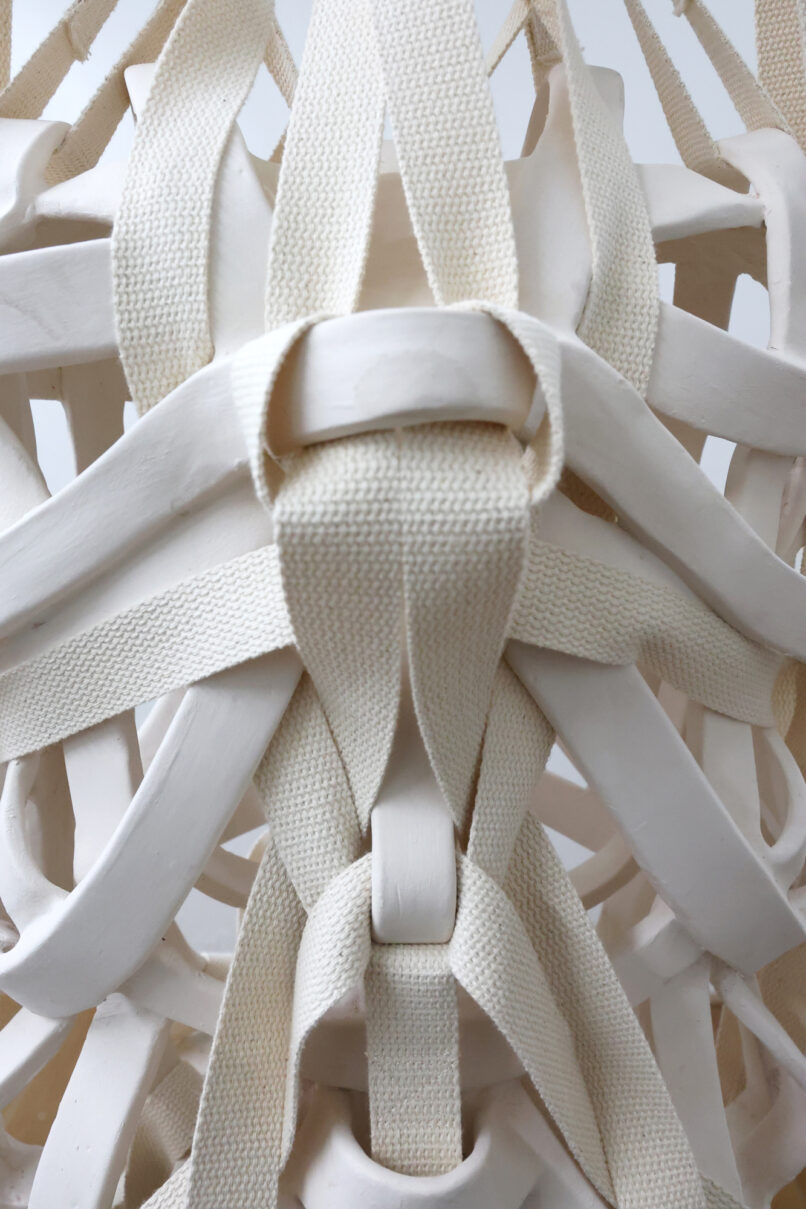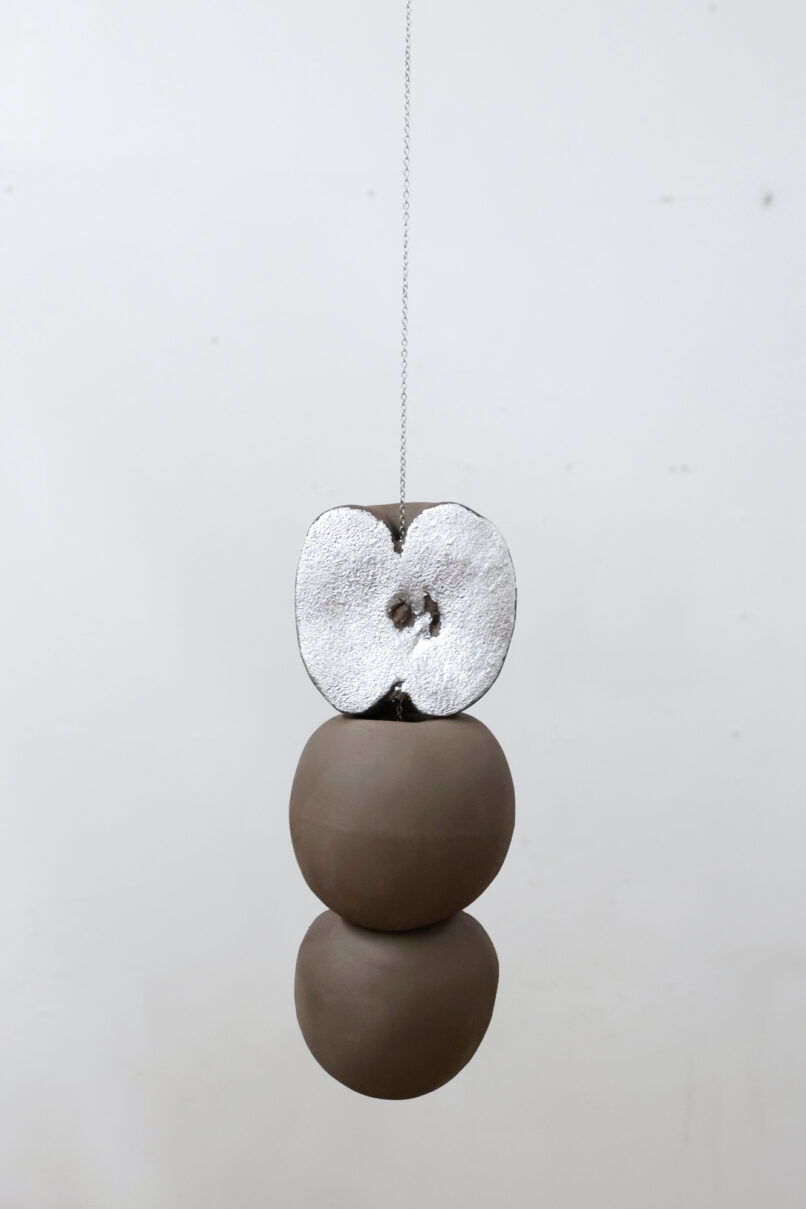Bodies – The Moon Is No Door
Excerpt from the exhibition text:
The group exhibition The Moon Is No Door brings together three artistic positions that engage in striking ways with space, perception, and meaning. Its point of departure is a quote from Sylvia Plath’s poem The Moon and the Yew Tree (1961), in which inner landscapes of thought intertwine with cosmic space. In the poem, color and light become means to render both mental and external dimensions of space tangible. The exhibition title plays with this poetic dissonance: The moon is no door—yet precisely through this literal impossibility, a conceptual space opens between inside and outside, between the material and the imaginary, between meaning and ambiguity. Subjectivity here appears not merely as a mode of spatial existence, but reveals that it is not the human who produces space, but space that shapes the human.
In their formal and conceptual diversity, the three positions negotiate the central questions of the exhibition: space as a realm of possibility, as a conceptual structure, as a body. The Moon Is No Door opens not only metaphorical threshold spaces between inside and outside, but also sketches a poetic coordinate system of material, light, structure, and imagination.
Anatomy of Spatial and Semantic Entanglements
Johanna Strobel’s new, expansive sculptures emerge from her ongoing exploration of ceramic materials, architectural structures, and semantically charged forms. Suspended from the ceiling, the works consist of interwoven, unglazed ceramic bands reminiscent of anatomical structures—rib cages, torsos, pelvises. At the center of many of these constructions are glossy, dark spheres—at once moon, apple, heart, or womb. These hybrid forms oscillate between body and object, between symbol and substance. Strobel’s practice draws on concepts such as change, entropy, connectivity, and information. Her works interweave references from different eras, cultural contexts, and theoretical fields, engaging with the attribution and dissolution of meaning, the construction of subjectivity and objecthood, and their inscription into the everyday. The knot—a central motif in this body of work—becomes both sculptural and conceptual principle: a process that translates linear motion into spatial structure. The materials used—ceramic, cotton, aluminum—create trompe-l’œil effects that question the relationship between softness and hardness, decoration and function. In this way, Strobel creates complex object systems that operate as thought-figures—fragile equilibriums between order and chaos, presence and absence, visibility and meaning.
